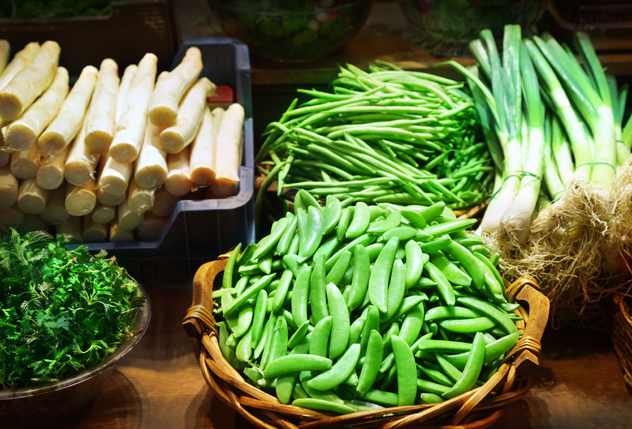
Dr. Sylvain Charlebois
Dean/Doyen, Professor/Professeur – Dalhousie University/Université Dalhousie
The Canada Food Guide is looked upon as a symbol of our food-related values as a country. But past versions have failed us. It is in the process of being updated, and the food industry should have a role in that process.
Health Canada indicates that more than 60 per cent of Canadians are overweight, and four out of five of us are at risk of developing heart disease. These are disturbing statistics and should justify a call for major changes. Solely blaming the food guide for these problems might be an exaggeration, but the guide probably didn’t help, either.
Health Canada has made it clear that lobbyists and industry pundits will be excluded from consultations for the next edition of the food guide. It’s a message we have heard for several decades from successive governments.
It will be challenging to exclude anyone from a public process, no matter who gets appointed to relevant working committees. The “food community” is a small world and there are long-lasting relationships among key groups. Health Canada’s grandiose statement of eliminating the food industry’s influence is impractical, at best.
Industry’s involvement in the food-guide creation process is decades old. In fact, the intent of the of the first food guides, back in 1942, was to entice demand for Canadian commodities during the Second World War. In those days, concerns of food security were acute and needed to be addressed. Agricultural embargoes were used more often then.
But with a more open food economy, things have changed. As food geopolitics have shifted, consumers have different choices and expectations. The role of industry has changed, as well.
Those in the industry could contribute greatly to the discussion about modernizing the food guide. Most could speak intelligently to logistical challenges, research and development constraints, recent trends and the realities of food distribution.
It is misguided to suggest industry’s input into the food guide is malicious. Industry is out to make a profit, naturally, but it is also there to feed us, whether we like it or not. It can also clearly draw the line between what is economically possible and the arbitrarily ideological.
Where things went too far was when commodity-driven recommendations were incorporated in the guide, supported by weak science. For example, encouraging Canadians to have two cups of milk per day is absurd.
Dairy Farmers of Canada might not like this, but Canada in 2016 is a different place. Many immigrants just don’t drink milk. As well, many other consumers suffer from intolerances and allergies. The food guide should move on and embrace the existence of other calcium-rich products such as tofu, almond butter and green vegetables. We have many more choices than we had in 1942.
Meat consumption is the other elephant in the room. Given that a recent Dalhousie University study suggests that 37 per cent of Canadians are looking for alternative sources of protein, the guide needs a reality check.
The next Canadian food guide should be about sound science devoid of political manoeuvring, but it doesn’t mean industry should be kept out of the process entirely.
What matters most is how the guide will resonate with citizens and how it can be used. The current version is really a tool for dietitians, not for regular consumers.
Broad-based validation is key to making the guide applicable to our daily lives. Ordinary citizens, parents, teachers, physical-education enthusiasts, culinary experts and community groups such as food banks should be consulted.
Perhaps Canada will need two guides: one for professionals, and the other for regular consumers. Both would be designed to achieve similar outcomes, but messages would be articulated differently.
Food economics should also be taken into account in the new guide to make it more financially realistic, particularly for those without means.
Celebrating Canadian food cultures will also be imperative for the next food guide. Merely considering what Canadians should eat is no longer enough. Food is about sharing, celebrating and connecting. The context in which food is consumed should be addressed.
With or without industry’s involvement, many will remain skeptical until we see the end product.

